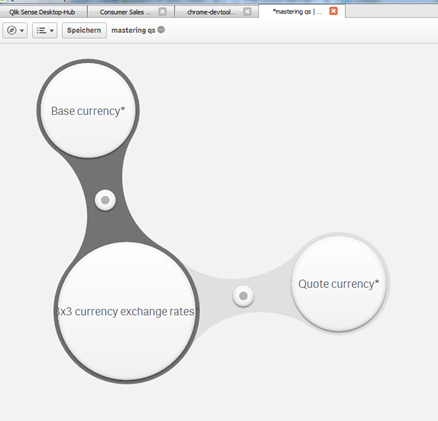Transforming data with intelligence (TDWI), an organization providing educational research material on data and BI, did extensive work in 2011 in researching and describing the dynamics of the newly emerging phenomenon of self-service BI. This is how its published report describes it:
Self-reliance and reduced dependency are key here, as a shift from the classic BI model is evident, where the responsibilities of developing data analytics dashboards move away from IT and closer to the business. And this makes sense as the business itself is the body within the organization that best understands how to extract value from its own data and what insights it hopes to get out of its analytics. Also, by being able to modify BI dashboards themselves, not only can users personalize their own reports but time to market is reduced significantly.
TDWI identifies four key objectives self-service BI focuses on:
- Simpler and customizable end-user interfaces: Communicating data in an effective way to get the insight across efficiently is key and arguably the most important objective of self-service BI. Compelling visualizations, uncomplicated dashboards, and clear presentation of data are paramount for any BI tool. Qlik Sense does exactly that and takes the user experience to another level by leveraging its associative engine and allowing the user to explore the data in their own way through filtering and truly embracing data discovery.
- Easy access to source data: The best analytics solution or platform will not be of any use if the user can’t access the data. A big difference to traditional BI tools, though, is that not all data needs to be stored in one database in order to be consumed. Qlik Sense allows users to easily connect to various data sources using drag and drop as well as following user-friendly load wizards. Qlik’s acquisition of QVSource in 2016, a third-party tool which has a collection of data connectors to plenty of platforms, underlines the importance of being able to connect data from disparate sources into one dashboard for reporting and analysis purposes. Also, by opening up the sourcing of data, new reports and dashboards can be built, which may not have been possible with an earlier architecture of technologies. Think of combining data from different departments, linking them by cost center, and being able to draw new insights of how costs are directly associated with revenue. All in all, being able to easily connect to its own data, the business can build its own bespoke reports, to its own requirements, and at its own pace:

- Easy-to-use BI tools: Similar to the first point, this one focuses on the simplicity of building these dashboards. Even if it is expected that the business upskills itself to become more IT-savvy, self-service BI tools will only be adapted to the organization if they are easy to use for the layman. Hence, Qlik has focused a lot on developing a very user-friendly interface in Qlik Sense, which allows the user to create their own dashboards simply by dragging and dropping certain items to a canvas, rearranging them to their own liking, and selecting the dimensions and measures they wish to analyze. Qlik Sense is incredibly easy to use for simple analytics, with sophisticated data load and processing editors on the back end too. The capturing of this objective is best demonstrated with Qlik's release of the visual management of data associations, the so-called data load bubbles depicted in the diagram that precedes this bulleted list. It allows the user to create connections between different tables, creating a logical link based on the suggested key, which will then associate on the front end when filtering.
- Quick-to-deploy and easy-to-manage architecture: Albeit very technical, self-service BI should be as easy on the back end as it is on the front end. As will be discussed in later chapters, the management of the Qlik Sense environment has been simplified a lot, the same as the licensing model and many other things in the back end. This is done to support a fast release cycle and deployment to business users, decreasing the time to market of new apps and enabling IT and users to work in an agile way iteratively, without time-consuming release processes. The same principles have been applied to the deployment of the whole architecture: Qlik Sense is fairly easy to scale horizontally across multiple nodes if the user base increases. Installation of the technology is also well supported in cloud platforms such as Amazon Web Services, Microsoft Azure, or Google Cloud. The simplicity on the back end makes it very attractive too for the IT department to deploy self-service BI without massive training, making the technology much more cost-effective.
The relationship between those four key objectives is depicted in the following diagram:

The ecosystem of self-service BI shows that there are four interdependent areas where its principles need to apply to aggregate to one successful solution. While it is the front end that is predominantly being advertised, all other aspects are equally important and need to be taken into account when taking the whole into consideration.
The freedom that comes with self-service BI, though, stands in strong opposition to IT governance principles: standards, data quality, consistency of terms and definitions, and consistency of look and feel. IT departments often resist allowing the business user to venture into the data analytics world all by themselves, believing this will lead to data anarchy and loss of control and governance over the BI environment.
For it to be successful, a strict framework needs to be introduced to successfully deploy Qlik Sense. The key there, however, will be to introduce governance which is user-enabling and not an IT dictatorship. IT governance in Qlik Sense without impairing the users will be at the forefront of this book.






































































